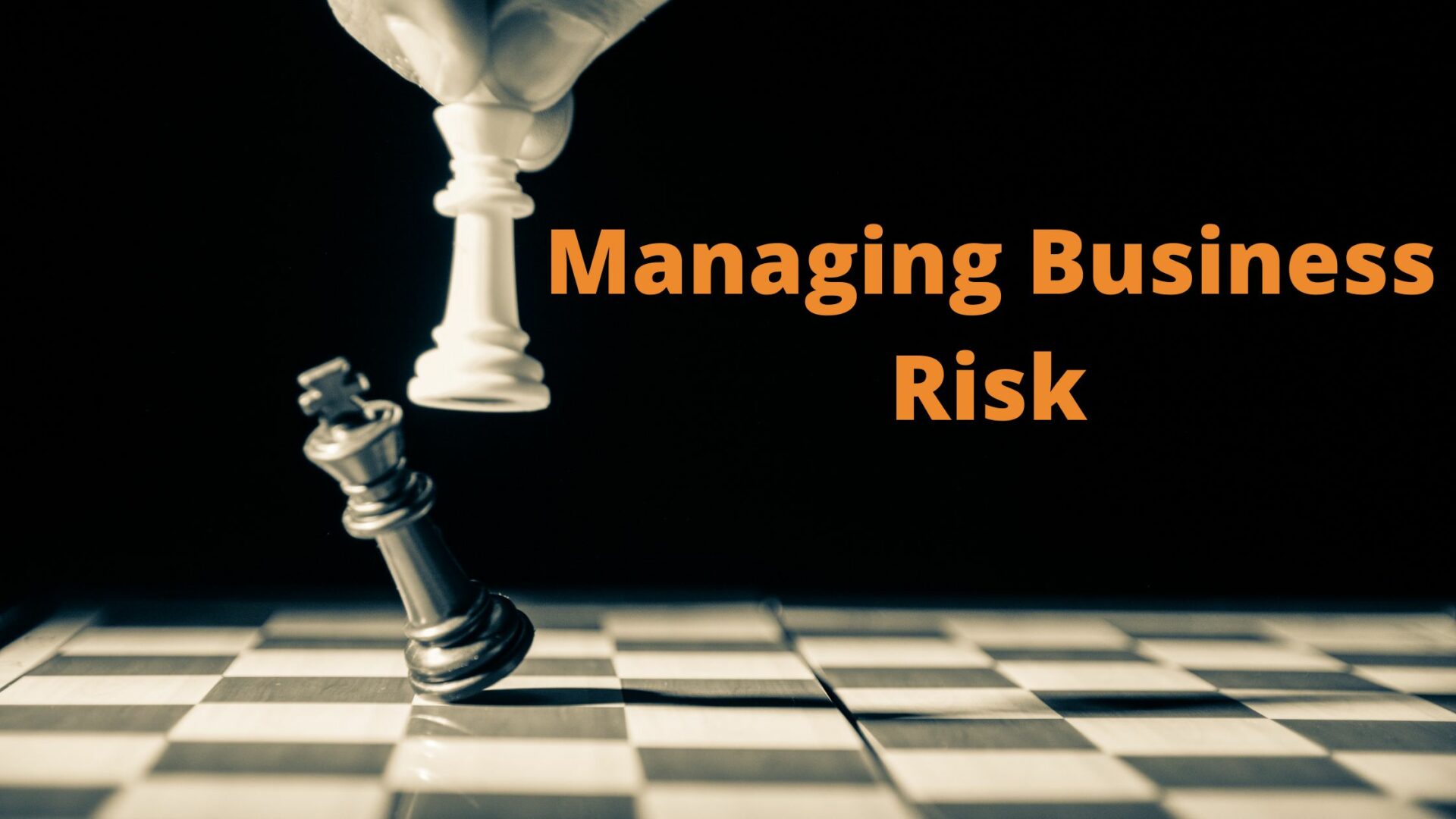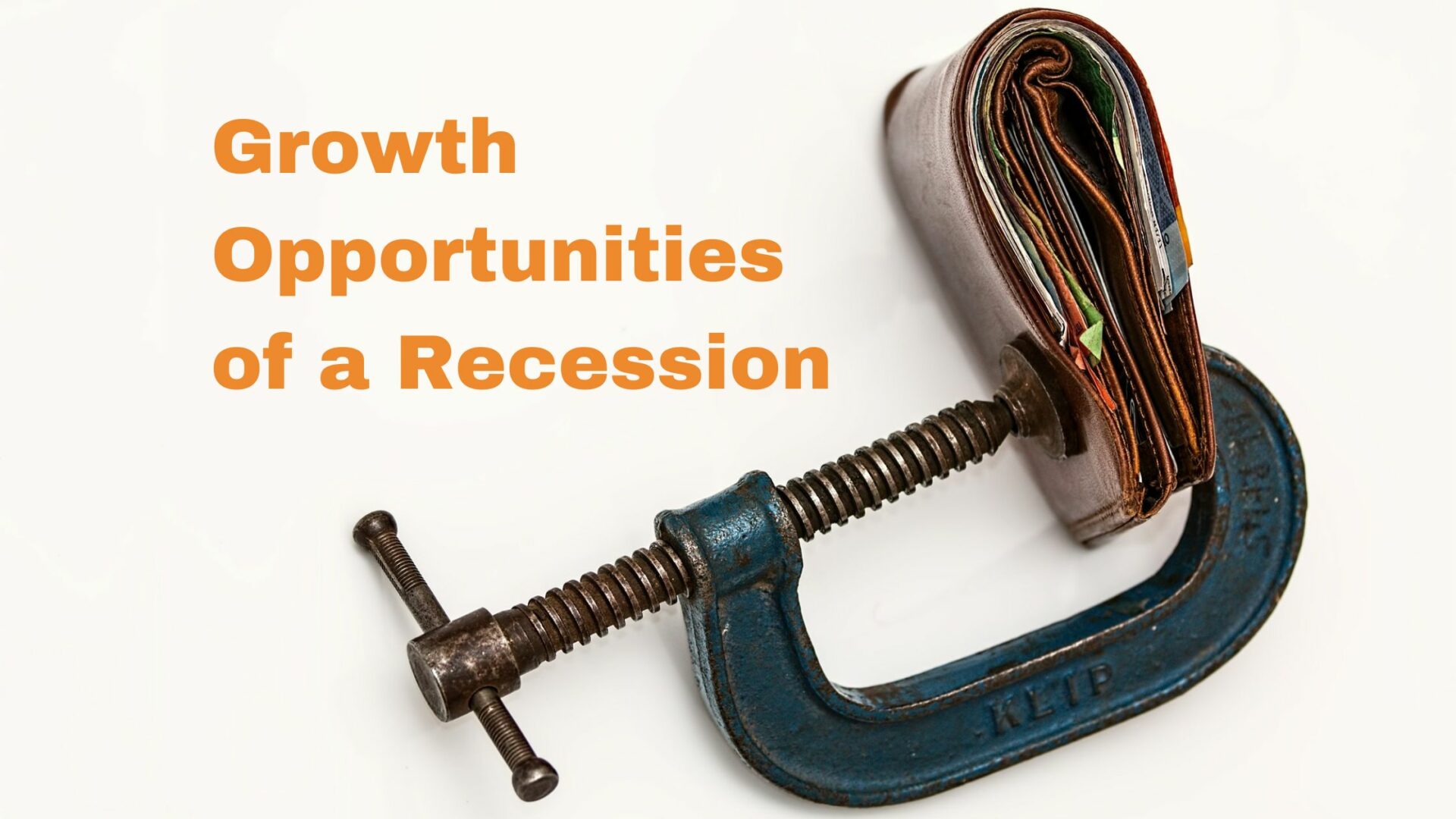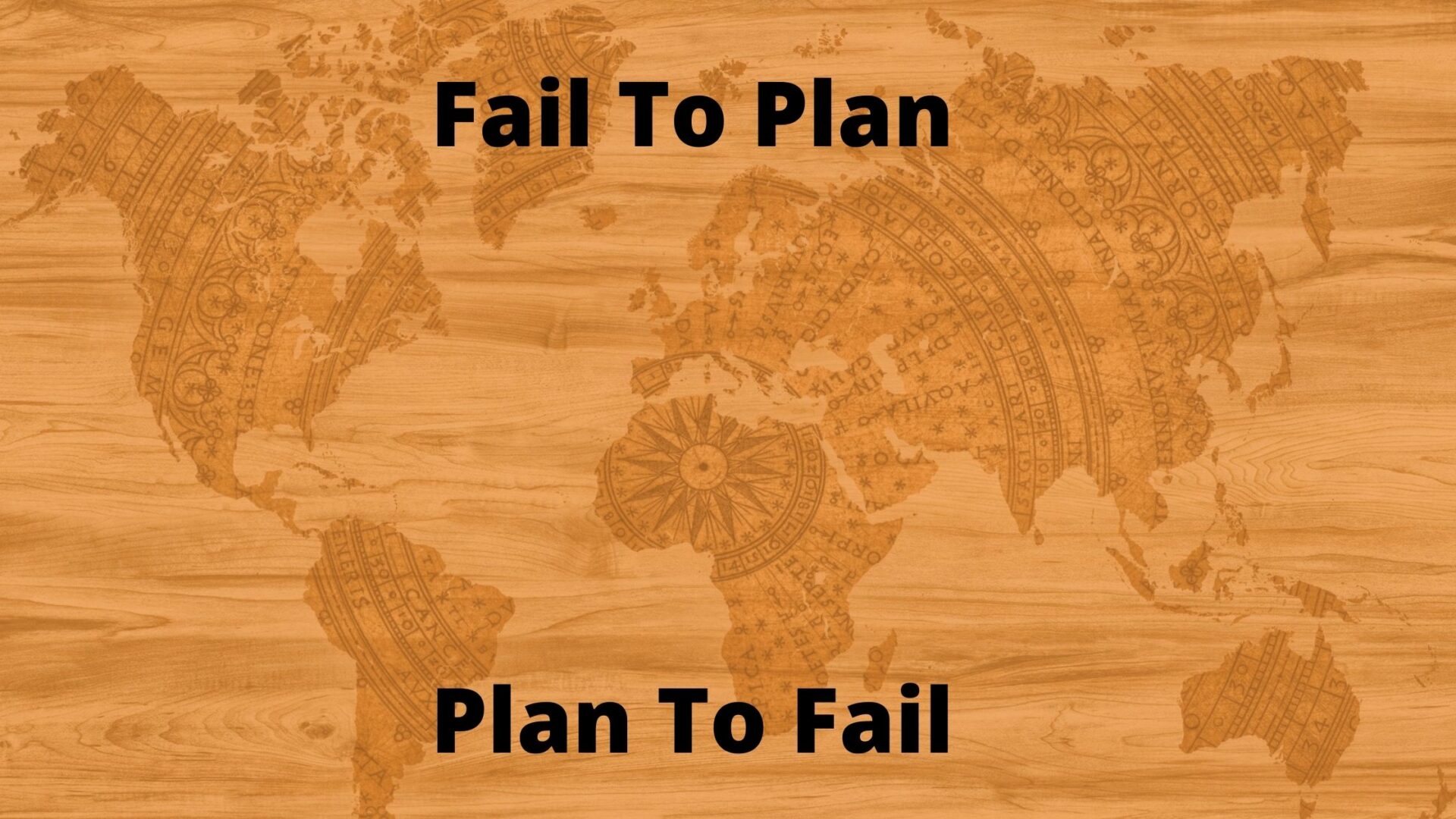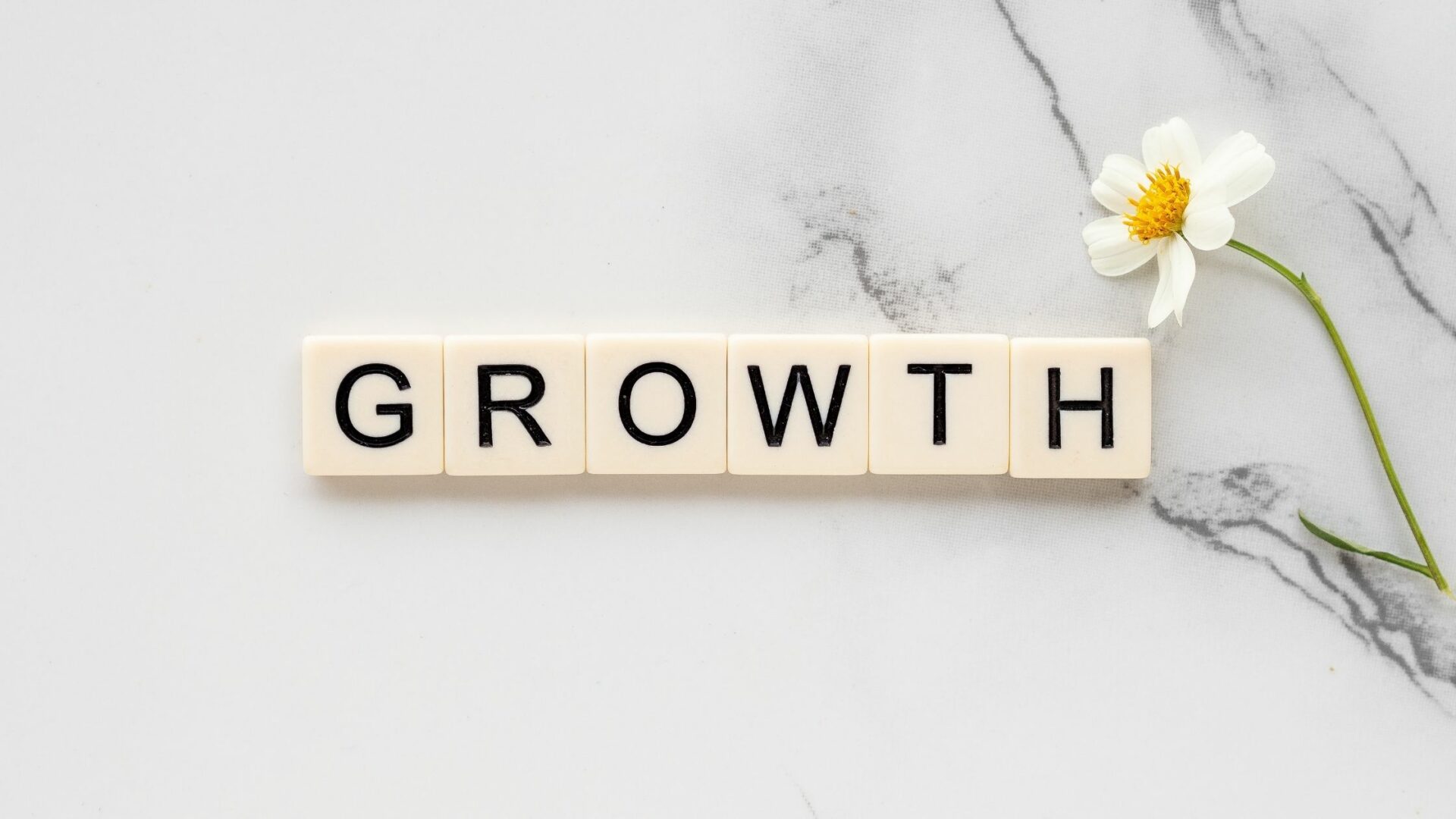In order to understand Capacity Planning we need to ask some questions – don’t worry, they should be pretty easy to answer:
- What’s your turnover?
- What’s your profit margin?
- What’s your cash flow?
Most business owners should be able to answer those without even thinking. The figures are engrained in your head, maybe even down to the last penny! But, now let us ask you another question:
- What’s the maximum capacity within your business and your current running rate?
A bit more challenging? That’s not surprising, and you’re definitely not alone. Not many business owners know what percentage of their max capacity is being used efficiently, but they should. Let’s take a closer look at why and how you can measure capacity planning in your business.
Why Should You Care About Capacity Planning in Business?
A company that is efficient across all areas and uses all of its resources (people, machinery, equipment etc.) will be operating at around 80% capacity. There will always be things that bring you down from 100%, like sick days and equipment malfunctions.
Unfortunately, we don’t see many businesses operating at 80%. When it comes to capacity planning, many businesses fall well below their max, and they miss out on a significant chunk of potential profit.
It’s easy to see when businesses have capacity issues. Everyone involved feels as though they’re on a hamster wheel with no way of getting off. They feel busy, stressed, and their work still doesn’t feel profitable. They can’t move forward; they’re stuck.
How Do You Measure Capacity?
If you don’t want to get stuck on the hamster wheel, you have to understand capacity.
A company that sells time-based services can look at the potentially available hours and actual hours they’re selling to see what additional capacity exists. This is a pretty simple model for measuring capacity.
For other types of businesses, you’ll need to choose a measure that’s appropriate to your company. This can be mean using different metrics for different functions. It’s also vital to analyse what constraints there are within the company. For example, if you have a machine producing 200 units every day, but you can only distribute 100 because of efficiency in this area, there’s a bottleneck that restricts your maximum capacity.
How Can Identifying Issues Boost Growth?
By knowing your capacity issues, it becomes a lot easier to develop business plans and growth strategies. Let’s stick with the example of a time-based company. A consultancy working at 50% capacity (though they aren’t aware) and want to grow will take on more staff. The CEO may be pushed to hire by the division heads who don’t have the room to take on any new business. Yet, increasing the number of people who aren’t working efficiently isn’t the way to improve capacity; it only decreases profitability whilst still not growing the business.
Profitable growth only occurs if a business plans its future in a series of platform and growth strategies.
In the platform phase, the business works to improve efficiency and profitability. Initially, this is achieved by creating a business that functions correctly from top to bottom.
Inefficiency in business occurs when certain roles being to overlap and combine. So, for example, if staff in operations spend far too much time carrying out administrative tasks that aren’t specialist. They’re wasting their value and not driving growth. Your platform initiatives should look to train staff and improve processes to boost your efficiency without growing the capacity.
Once the implementation of platforms has boosted the running rate – which won’t happen instantly – to around 75%, you need to shift from platform strategies to growth strategies. This may involve investing in your resources, such as hiring new staff or upgrading your premises. Or, it could mean looking at your market position, pricing strategies, or adjusting your client criteria to focus on a larger base of more profitable customers.
How Can You Tell the Difference Between Platform and Growth Strategies?
If you’re ever confused by what makes platform and growth strategies different, imagine a cup that’s half empty. Platform strategies help fill the cup until it’s reached capacity, and growth strategies find a bigger cup to pour the contents into, at which point the liquid again only fills 50% of the cup. Once you’ve consolidated your growth using platform strategies again, you’ll move to growth.
The cycle goes on and on endlessly.
How Should You Use These Strategies For the Long-Term?
You can use the concept of platform and growth strategies to structure a clear vision of where you’d like to take your business. For example, you may want to reach a running rate of 80%, at which point you can make investments to boost your capacity so that the running rate drops to 65%. This would feel very different to a 45%/65%/45% strategy.
This concept also allows you to plan ahead, understanding which platform and growth strategies you should adopt to reach your goals, when they should be implemented, how much they’ll cost, and what impact they’ll have on your company. That’s far more useful than most business plans and will give you total control.
It’s time to get off the hamster wheel, and this is how you can do it.
If capacity planning sounds a bit advanced for you, bringing in outside help is a brilliant way of ensuring your new strategies go smoothly. That’s where we come in. Our growth coach specialists are here to help you grow your business with cohesive, realistic plans. Get in touch with us today to learn more, and let’s start boosting your business.





